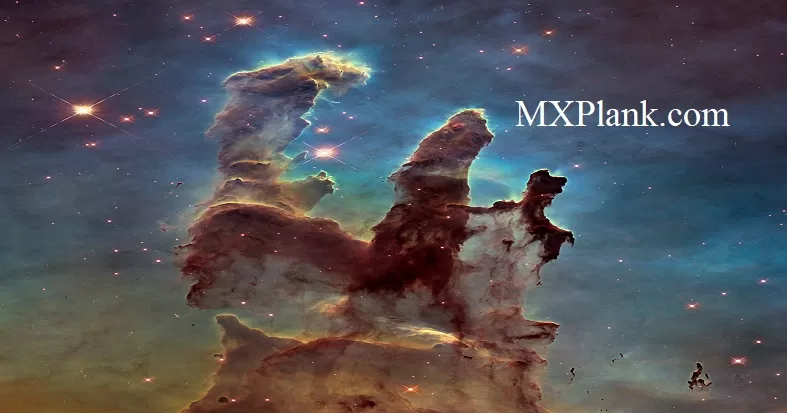Hubble Solves Mystery of Monster Star's Dimming

If placed in the middle of our solar system, the star VY Canis Majoris would engulf all the planets out to Saturn's orbit. This monster, appropriately called a red hypergiant, is as bright as 300,000 Suns. Yet it is so far away that, 200 years ago, it could be seen only as a faint star in the winter constellation of the Great Dog. Since then, it has faded and is no longer visible to the naked eye. Astronomers used the NASA/ESA Hubble Space Telescope to get a close-up look at the star and discovered the reason for the dimming. The star is expelling huge clouds of dust in the final stages of its life. Eventually, the bloated star may explode as a supernova, or may simply collapse and form a black hole.
This zoom into VY Canis Majoris is a combination of Hubble imaging and an artist's impression. The left panel is a multicolor Hubble image of the huge nebula of material cast off by the hypergiant star. This nebula is approximately 300 billion kilometers across.
The middle panel is a close-up Hubble view of the region around the star. This image reveals close-in knots, arcs, and filaments of material ejected from the star as it goes through its violent process of casting off material into space. VY Canis Majoris is not seen in this view, but the tiny red square marks the location of the hypergiant, and represents the diameter of the solar system out to the orbit of Neptune, which is 5.5 billion miles across.
The final panel is an artist's impression of the hypergiant star with vast convection cells and undergoing violent ejections. VY Canis Majoris is so large that if it replaced the Sun, the star would extend for hundreds of millions of miles, to between the orbits of Jupiter and Saturn.
NASA/ESA and The Hubble Heritage Team (STScI/AURA)






